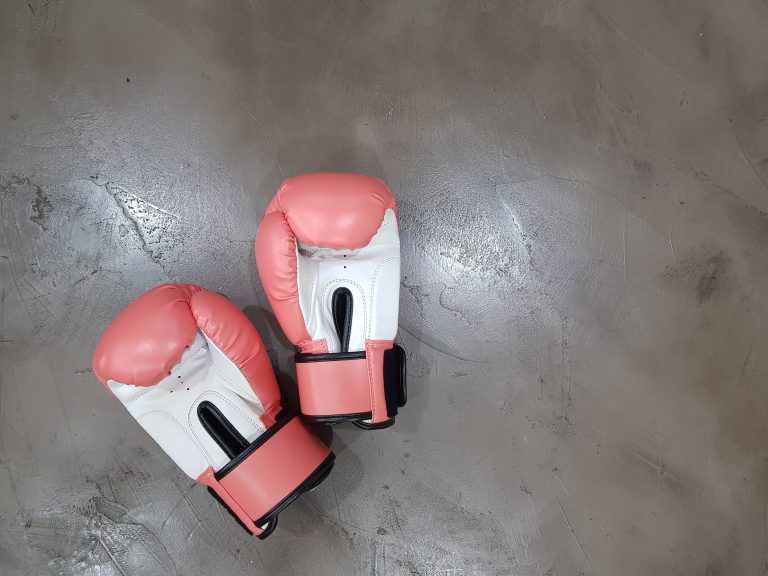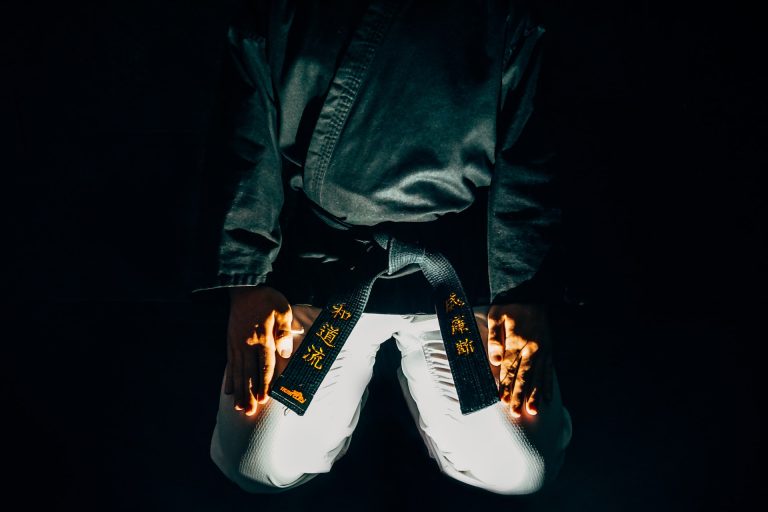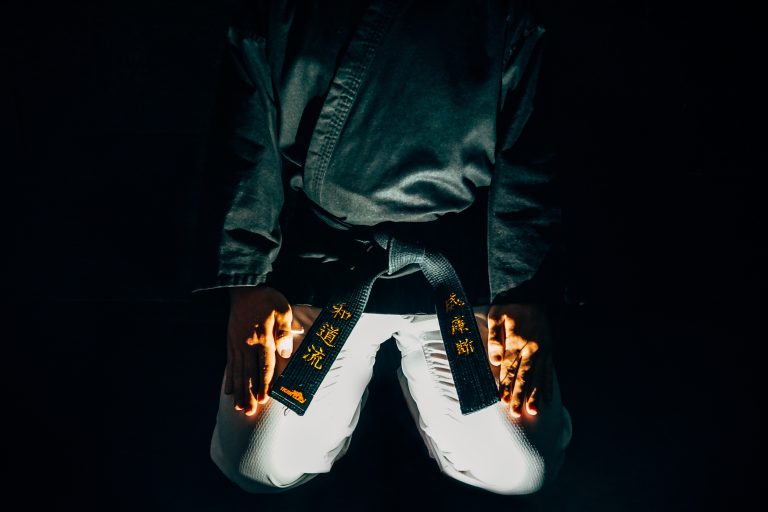What Color Belt Comes After Orange in Karate?
Karate is a traditional martial art that has been practiced for centuries. Karate is not just about self-defense; it is a way of life that promotes discipline, respect, and physical fitness. Karate has a belt system that represents the level of skill and experience of the practitioner. The belt system starts from white and goes up to black, and each belt has a different level of difficulty and requires a certain amount of time and training to achieve. In this article, we will explore the color belt that comes after orange in karate.
The Belt System in Karate
Karate belts are divided into two groups – kyu and dan. Kyu belts are the colored belts, and dan belts are the black belts. The kyu belt system starts from white belt, followed by yellow belt, orange belt, green belt, blue belt, brown belt, and then black belt. Many karate schools have variations in the belt system, and there are different degrees of black belt.
It is important to note that the belt system in karate is not a universal standard. Different karate schools or styles may have different belt colors or levels of achievement. It is essential to understand that each school or style has its own ranking system, and the attainment of a karate belt should be based on the requirements and standards of that particular school or style.
The Meaning of the Orange Belt in Karate
The orange belt is the third kyu belt in the karate system, and it usually takes around 6 to 12 months of dedicated training to achieve this level. The orange belt represents a level of progress and accomplishment for the karate practitioner. It is a symbol of the effort, dedication, and commitment that the person has put into their karate training.
The orange belt signifies that the practitioner now has a basic understanding of karate techniques, and they have developed good coordination, balance, and posture. The orange belt holder has begun to refine their movements and techniques and continues to develop their strength, stamina, and flexibility. The orange belt is an intermediate level, and the belt holder is on their way to becoming an advanced karate practitioner.
The Color Belt That Comes After Orange in Karate
The color belt that comes after the orange belt in karate is the green belt. The green belt is the fourth kyu belt and is a step up from the orange belt. To achieve a green belt, a karate practitioner must demonstrate a higher level of skill, focus, discipline, and dedication.
The green belt holder has a deeper understanding of karate techniques, and their physical skills have improved. They have developed more strength, speed, and endurance, and their techniques have become more precise and powerful. The green belt represents a higher level of competence and is a goal that requires continued training and dedication.
The Requirements for Achieving the Green Belt in Karate
Different karate schools or styles may have different requirements for achieving the green belt. However, the general requirements for attaining the green belt in karate are as follows:
- Minimum six months of training after achieving the orange belt
- Ability to perform various karate techniques with proper form and execution
- Knowledge of several kata (a series of prearranged techniques) and their applications
- Demonstrating a high level of physical fitness, strength, and endurance
- Showcasing dedication and consistent attendance in training sessions and classes
- Proper etiquette and display of discipline in and outside of the dojo (training area)
In
Introduction
Karate is a traditional martial art that has been practiced all over the world for centuries. One of the factors that make this martial art so popular is its belt system, which denotes a student’s level of expertise. When it comes to the belt system, many beginners in Karate often ask „What colour belt comes after orange in Karate?“ In this blog post, we will go over common questions surrounding this topic and provide accurate information backed by strong evidence.
What are the different levels of belts in Karate?
Before answering this question, let’s first take a look at the different levels of belts in Karate. The belt system in Karate consists of several levels, with each level representing a different degree of skill and knowledge. The order of the belts is typically as follows, starting with the lowest rank:
– White belt
– Yellow belt
– Orange belt
– Green belt
– Blue belt
– Purple belt
– Brown belt
– Black belt
What comes after the orange belt in Karate?
The belt that comes after the orange belt in Karate is the green belt. This is the next level of belt for students who have achieved orange belt status. To progress from orange to green belt, a student typically needs to train for several months or even years, depending on the dojo’s requirements.
What is required to earn a green belt in Karate?
To earn a green belt in Karate, a student must demonstrate a higher degree of skill and knowledge compared to when they were a white or orange belt. Some of the requirements for earning a green belt include:
– Demonstrating an understanding of basic techniques, such as kicks and punches
– Being able to perform kata, which are choreographed movements that simulate a fight against one or more imaginary opponents
– Demonstrating proficiency in sparring with other students of similar rank
– Showing a good understanding of the history and philosophy of Karate
How long does it take to earn a green belt in Karate?
The amount of time it takes to earn a green belt in Karate depends on several factors, such as the student’s dedication, frequency of training, and the specific requirements of the dojo. Typically, it takes several months to a year or more for a student to earn a green belt.
How to Progress Beyond Orange Belt in Karate: A Step-by-Step Guide
Karate is a martial art that emphasizes striking techniques such as punches, kicks, knee strikes, and elbow strikes. It is also known for its belt ranking system, commonly called kyu and dan ranks. In this blog post, we will guide you on how to progress beyond orange belt in karate.
Step 1: Understand the Belt Ranking System in Karate
Before you begin your journey to the next belt level, it’s essential to understand the belt ranking system in karate. The belt ranks in karate usually start from white and end with black.
White – Beginner level, no experience required
Yellow – Second level and represents the first step towards proficiency. Basic techniques and stances are taught at this point.
Orange – This represents another step towards proficiency. Complex techniques are taught at this level.
Green – This level indicates that students are on their way to mastering basic techniques.
Blue – At this level, the students have mastered the basics, and it’s time to work on other advanced techniques.
Brown – At this level, the students are recognized as having reached the experienced level.
Black – This is the highest level of achievement that a student can reach in karate.
Step 2: Focus on Improvement and Consistency
In order to progress in karate, you must focus on improvement and consistency. This means attending classes regularly, practicing with dedication, and listening to your instructors. Consistency and hard work are the keys to achieving success in karate.
Step 3: Set Small Goals for Yourself
In order to progress beyond orange belt in karate, you must set small goals for yourself. These goals should reflect the techniques you need to master and the training you require to achieve your goals. Such goals help track progress and keep you motivated.
Step 4: Learn and Practice New Techniques
In karate, each belt level introduces new techniques, so it’s essential to learn and practice new techniques thoroughly. This means working on your form, understanding the mechanics of each movement, and perfecting them through repetition.
Step 5: Participate in Competitions
Competing in karate tournaments is an excellent way to measure your progress and apply the techniques learned in real-life situations. Participating in competitions also helps you gain experience in different styles of karate practiced, meeting new people, and taking some constructive feedback.
Step 6: Remain Patient and Committed to Your Training
Karate is not an overnight success. It requires patience and dedication to progress through the ranks. You must remain committed to your training and believe in your ability to achieve your goals. The journey may be long, and there may be stumbles, but consistency and determination will help you overcome any obstacles.
Step 7: Consult with Your Instructor
Your instructor is your guide and mentor throughout your journey in karate. They possess the experience and knowledge necessary to guide you through the different karate belt levels. They will also help you identify areas of improvement, provide feedback on your progress and correct any mistakes that you may be making.
In Conclusion
Progressing beyond orange belt in karate requires dedication, hard work, and patience. It takes time and effort to master the techniques and moves needed to advance to the next level. However, by following the steps outlined above, you can set yourself up for success and become a skilled karate practitioner.
Inhaltsverzeichnis






